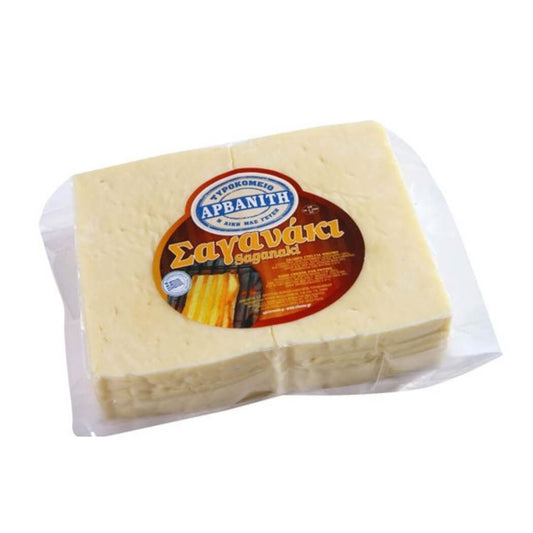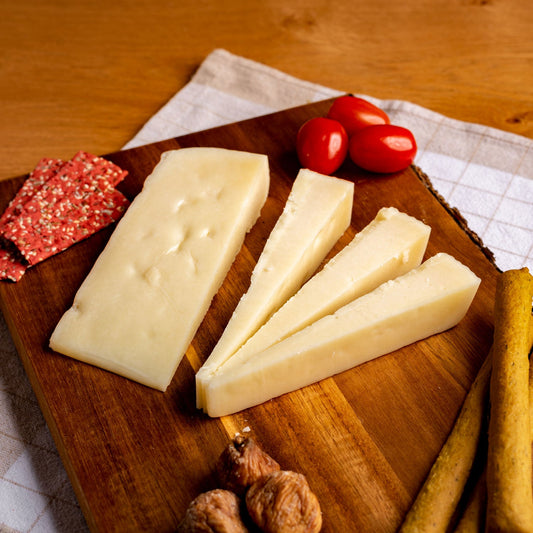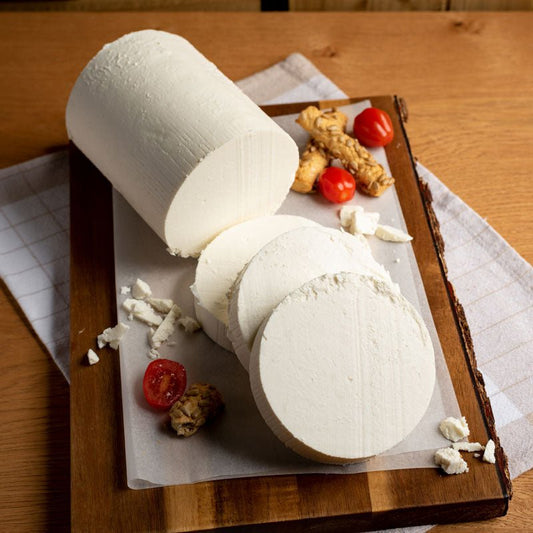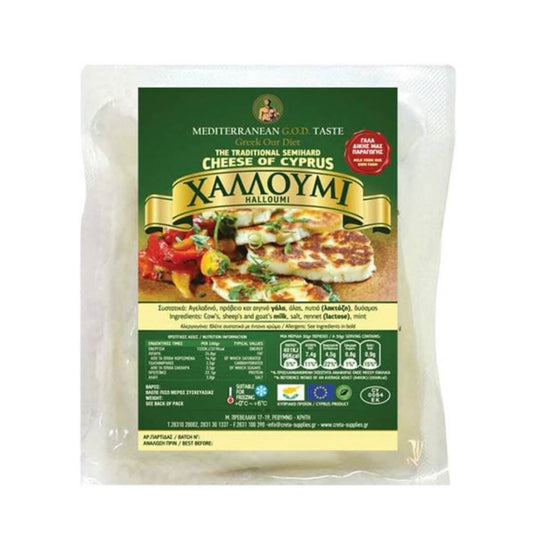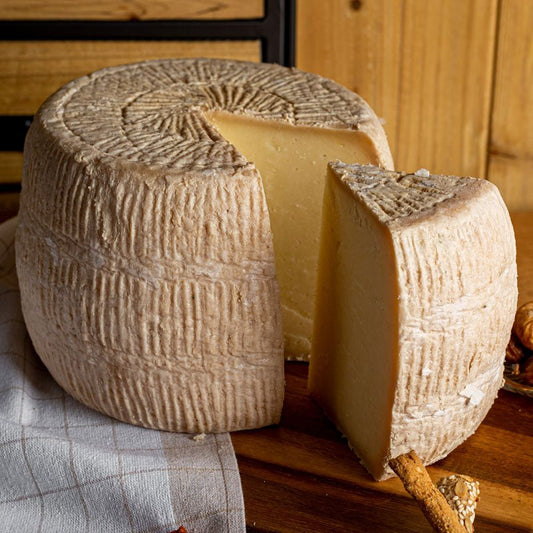
Where does his name come from?
Its name comes from the Turkish sahan, pan, the utensil of the same name in which it is usually prepared.
The pan "teganon" or "saganon" and for the Byzantines "steganon" was a metal or clay vessel in which they fried, and from this vessel the melted cheese, the saganaki, got its name.

The flaming Greek cheese Saganaki!
If you've visited the US and visited a Greek restaurant, you will definitely meet the flaming saganaki, also known as flaming cheese. While saganaki, fried, has always been around, flaming cheese is something Greek-American.
It's another version of Greek recipes with cheese that is not often found in restaurants in Greece, except in some tourist spots! And especially on the islands, you will definitely find something in the restaurants of Mykonos.
It was invented in the late 1960s by the owner of the Parthenon restaurant in Greektown, Chicago. Since then, most Greek restaurants have adopted it as its reputation has grown rapidly.
When you order this flaming cheese, the waiter flips some brandy or ouzo, puts it on the fire and calls out "Opa!!". This word is often used by Greeks when they want to express their surprise or admiration for an event. A flaming cheese is definitely a spectacle to be admired.
The flaming Saganaki quickly became known along with the exclamation "OPA".

Which cheese is right for Saganaki?
Whichever shape you choose, be it the flaming cheese or the classic fried cheese, the secret of the perfect Saganaki lies in choosing the right cheese.
So here the views differ according to the taste of everyone.
Those looking for more classic options and flavors usually end up with traditional options. The main cheeses used in Greece to make the traditional Greek saganaki are Graviera, Kefalograviera, and Kefalotyri. All are yellow hard cheeses with a mild, nutty taste.
For special flavors, cheeses such as Formaela from Arachova, Ladotyri from Mytilene, Komos from Naxos, and Mastelo are ideal for Saganaki. Talagani and halloumi, although well-known grilled cheeses, are also used for saganaki.
The cheese should be semi-hard so that it can withstand the heat and not melt and dissolve in the pan. Its texture should be such that it does not dissolve in the pan. Melt only on the outside and soften on the inside.
For saganaki, white cheeses such as feta cheese and manouri can be used, which are soft and have more moisture, but require special preparation and, as a rule, are not selected. Ideally, they are cut into thick slices and added one after the other through water, then flour, and finally water again immediately. In this way, we create a protective layer around the cheese that retains moisture, and the cheese retains its shape and does not dissolve.
When cooking, special attention must be paid to the perfect crust! This crust not only plays an important role in terms of taste, but also when serving, because it keeps its shape and does not melt on the plate!
How do you prepare the delicious Saganaki cheese?
- Preheat a deep frying pan (medium heat) with olive oil.
- Put the flour and salt in a bowl and mix.
- Cut the cheese into the shape you want and add it to the bowl with the flour, then dip it in water.
- Once more through the flour, the water, and finally only through the flour.
- Place in the hot pan and fry for 2-3 minutes on each side until golden brown.
- Remove from the pan and place on a plate, squeeze some lemon juice over it, and serve saganaki immediately.
How do you combine Saganaki?
Saganaki is often preferred to be cooked with other ingredients, mainly fish. The most popular choice is the prawn saganaki (or shrimp saganaki) and red tomato sauce. Many choose to pair it with seashells. Whichever version you choose, don't forget to add lemon.
They usually accompany it with other starters, such as Greek salad, tzatziki, and zucchini meatballs.
Choose the saganaki as the perfect starter for all occasions.




